Effect Of Meat Dicing Machine Blade Material On Cutting Effect
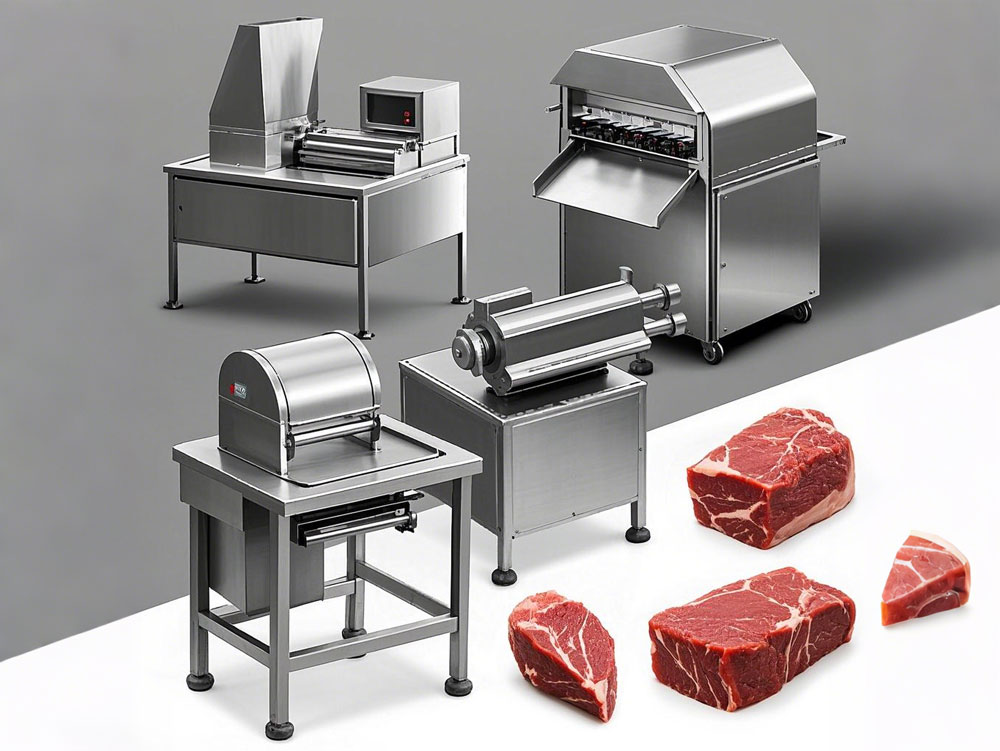
Beyond Sharp: Unpacking the Secret Science of Dicer Blade Materials
We all know a sharp blade is essential for a good cut. It's intuitive, right? But when it comes to the high-performance world of meat dicers, simply being "sharp" is just the beginning of the story. The very essence of the blade – the material it's forged from – plays a profoundly critical role in determining not just the initial sharpness, but how long that edge lasts, how cleanly it cuts, how resistant it is to damage, and even how easy it is to maintain. There's a fascinating material science at play, a secret world beneath the gleaming edge that dictates the ultimate efficacy and longevity of your dicing operation.
Think All Metal is Equal? Think Again! Why Blade Choice is Crucial
It's tempting to look at a set of dicer blades and see only polished metal. However, assuming all metals perform equally is a significant oversight. The specific alloy or steel used in a blade is chosen for a unique balance of properties. Making the right choice for your specific application – whether dicing delicate poultry or powering through semi-frozen beef – can dramatically impact cut quality, processing speed, maintenance schedules, and ultimately, your bottom line. Choosing incorrectly can lead to frustratingly rapid dulling, chipped edges, inconsistent results, and increased downtime. It’s a crucial decision, not just a minor detail.
The Heart of the Cut: Understanding Blade Material Basics
At its most fundamental level, a blade material needs to balance several key characteristics. It needs to be hard enough to hold a fine edge, yet tough enough to resist chipping or breaking under the stress of impact and torsion. It must also withstand the processing environment, resisting corrosion from meat juices and cleaning agents. Different materials achieve this balance in distinct ways, leading to a diverse panoply of options available to equipment manufacturers and users. Understanding this interplay of properties is the first step toward appreciating why material selection is so pivotal.
Common Contenders: Meet the Materials Powering Your Dicer Blades
While exotic alloys exist, most commercial meat dicer blades are crafted from a few primary categories of materials. Each brings its own set of strengths and weaknesses to the cutting board, tailored for different performance requirements and price points. Let's meet the usual suspects.
Stainless Steel Showdown: The Workhorse Material Explained
Stainless steel is perhaps the most ubiquitous material found in food processing equipment, and for good reason. Typically alloys containing chromium (usually at least 10.5%), stainless steels offer excellent resistance to rust and corrosion. This makes them hygienic, easy to clean, and durable in moist environments. Various grades exist (like 304, 420, or 440), each offering slightly different balances of hardness, toughness, and corrosion resistance. It's the reliable, dependable choice for many general applications.
High-Carbon Heroes: The Sharpness Superstars
For those prioritizing sheer cutting prowess, high-carbon steels enter the arena. These steels contain a higher percentage of carbon, which allows them to be hardened to a greater degree than most standard stainless steels. This translates into the potential for an incredibly fine, razor-sharp edge that makes slicing feel effortless. Think surgical precision. However, this exceptional sharpness often comes with trade-offs.
Alloy Aces & Coated Champions: The Premium Performance Tier
Beyond the common steels, we enter the realm of advanced metallurgy. Specialized steel alloys might incorporate elements like vanadium, molybdenum, or tungsten to enhance specific properties like wear resistance or toughness at high hardness levels. Furthermore, advanced surface coatings (such as Titanium Nitride or specialized polymers) can be applied to blades made from various base materials to further boost hardness, reduce friction, or enhance corrosion resistance. These represent the cutting edge (pun intended!) of blade technology, often commanding a premium price for their enhanced performance characteristics.
Material Properties Decoded: How They Impact Your Cut
Let's delve deeper into the specific properties that define a blade material's performance and how they translate directly to the quality and efficiency of your dicing operation.
Hardness Factor: Keeping That Edge Razor Sharp, Longer
Hardness, often measured on the Rockwell C scale (HRC), refers to a material's resistance to deformation and scratching. A harder steel can support a finer edge angle and resist abrasive wear better, meaning it stays sharp for longer periods of cutting. This translates to fewer sharpening cycles and more consistent performance between maintenance intervals. However, extreme hardness can sometimes correlate with increased brittleness.
Tough Enough? Resisting Chips and Breaks Under Pressure
Toughness is the counterbalance to hardness. It represents a material's ability to absorb energy and resist fracturing or chipping when subjected to impact or stress. Dicing can involve hitting small bones, gristle, or dealing with the shock of cutting through dense or partially frozen product. A tough blade material can withstand these incidental impacts without failing, whereas an overly hard but brittle blade might chip easily, compromising the cut and potentially contaminating the product.
Shine On: Corrosion Resistance for Hygiene and Longevity
In the moist, often acidic environment of meat processing, corrosion (rust) is a constant adversary. Excellent corrosion resistance is crucial for maintaining food safety standards and preventing blade degradation. Stainless steels excel here due to their chromium content, which forms a protective oxide layer. High-carbon steels, lacking this high chromium level, are far more susceptible to rust and require meticulous care.
The Sharpness Potential: Achieving That Effortlessly Clean Slice
While technique and sharpening skill play a role, the material itself dictates the potential sharpness. Materials that can achieve a higher hardness and possess a fine grain structure can generally be honed to a finer, more acute edge angle. This results in cleaner cuts with less cellular damage to the meat, better appearance, and potentially improved shelf life due to reduced surface area for microbial growth.
Stainless Steel Blades: The Pros and Cons Unveiled
Stainless steel remains a popular choice for many dicer applications, offering a practical balance of properties.
Rust-Resistant Reliability: The Stainless Advantage
The standout benefit is undoubtedly corrosion resistance. Stainless steel blades withstand moisture, cleaning agents, and acidic meat juices without rusting easily. This makes them relatively low-maintenance in terms of rust prevention and contributes significantly to maintaining hygienic processing conditions. They are the dependable choice for wet environments.
The Softer Side: Potential Drawbacks in Edge Holding?
Compared to high-carbon steels, most common stainless grades are somewhat softer. This means they may not achieve the same level of initial razor sharpness, and more importantly, the edge may dull more quickly under heavy use. This necessitates more frequent sharpening or blade replacement to maintain optimal cutting performance, potentially increasing downtime and maintenance costs.
High-Carbon Steel Blades: The Sharp Debate
High-carbon steel blades are often favored by those who prioritize the ultimate cutting edge above all else.
Ultimate Sharpness Achieved: The High-Carbon Edge
The primary allure of high-carbon steel is its ability to achieve and hold an exceptionally sharp edge. The high hardness allows for very acute edge angles, resulting in effortless, clean slicing that minimizes product tearing or bruising. For applications demanding the absolute finest cut quality, high-carbon steel is often the preferred material.
The Catch: Battling Rust and Demanding More Maintenance
The significant drawback is its poor corrosion resistance. High-carbon steel rusts easily if not meticulously cared for. Blades must be washed and thoroughly dried immediately after use, and often benefit from a light coating of food-grade oil during storage. This increased maintenance demand can be a significant operational consideration. Failure to prevent rust not only damages the blade but also poses a food safety risk.
Advanced Alloys & Coatings: Worth the Investment?
For demanding applications or those seeking peak performance and longevity, specialized alloys and coated blades offer compelling advantages, albeit typically at a higher cost.
Next-Level Performance: What Makes Alloys & Coatings Special?
Advanced alloys are carefully formulated with additional elements (like Vanadium, Cobalt, Molybdenum) to fine-tune the steel's properties. They might achieve high hardness comparable to carbon steels while offering better toughness or improved corrosion resistance. Coatings add a surface layer with exceptional hardness (reducing wear) or lubricity (reducing friction), further enhancing the base material's performance. They push the boundaries of what standard steels can achieve.
Wear Warriors: Fighting Friction and Lasting Longer
The primary benefit of many alloys and especially coatings is enhanced wear resistance. By reducing friction and providing an ultra-hard surface, these blades resist dulling from abrasion much longer than standard stainless or even high-carbon steels. This extended edge life translates to significantly longer intervals between sharpening, reduced maintenance labor, and more consistent cutting over prolonged periods. They offer superior tenacity against the rigors of high-volume dicing.
Material vs. Meat: Real-World Cutting Consequences
The theoretical properties of blade materials have very real and observable consequences on the final diced product.
Clean Cuts vs. Ragged Edges: The Texture Tells the Tale
A blade material capable of holding a very fine, sharp edge (like high-carbon steel or premium alloys) will produce cleaner cuts with minimal tearing or pulling. Softer materials or duller edges tend to crush or tear meat fibers, resulting in ragged edges, a less appealing appearance, and potentially altered texture. The difference is palpable.
Uniformity Under the Microscope: Does Material Help Consistency?
While machine design dictates overall dice shape, blade material contributes to edge consistency. A material that holds its edge well ensures that the last piece diced in a run is cut just as cleanly and accurately as the first. Blades that dull quickly can lead to increasing variations in cut quality as processing continues. Consistent sharpness, enabled by appropriate material choice and maintenance, underpins consistent output.
Fat Smear Frustration: How Blades Affect Definition
Cutting through meat with significant fat content presents a particular challenge. A less sharp or improperly designed blade can "smear" the fat across the lean meat surface instead of cutting cleanly through it. Harder materials that maintain a keener edge are less prone to causing this deleterious effect, resulting in better particle definition, which is crucial for appearance and subsequent cooking performance.
Keeping Cool: Material Impact on Friction and Heat
The friction generated during cutting can create heat, which can be detrimental to meat quality and potentially encourage microbial growth. Blade materials and coatings designed for lower friction coefficients can help mitigate heat buildup during high-speed dicing operations, contributing to better overall product quality and safety.
Choosing Your Weapon: Matching Blade Material to Your Needs
Selecting the optimal blade material requires aligning the material's properties with your specific processing requirements and operational realities.
Heavy Duty Dicing: Materials for Tougher Meats & Frozen Blocks
For processing tough cuts, sinewy meats, or partially frozen blocks, blade toughness becomes critically important alongside hardness and wear resistance. Specialized alloys or robust stainless steel grades designed for impact resistance might be preferable to high-carbon steels which could be prone to chipping under such demanding conditions. Coated blades offering high surface hardness can also excel here.
Precision & Finesse: Blades for Delicate Cuts
When dicing delicate meats like poultry breast or fish, or when aiming for the absolute cleanest cut for aesthetic reasons, the ability to achieve and maintain maximum sharpness is key. High-carbon steel blades or premium alloys known for fine edge potential would be strong contenders, provided the increased maintenance for high-carbon steel is acceptable.
Maintenance Matters: How Material Dictates Upkeep
Consider your team's capacity and diligence regarding maintenance. If rust prevention is a potential challenge, the lower-maintenance corrosion resistance of stainless steel might be the most practical choice, even if it requires more frequent sharpening. If maximizing time between sharpening is the priority and meticulous care is assured, high-carbon or advanced alloys/coatings become more attractive.
FAQs: Your Blade Material Questions Answered
What's the most popular material for dicer blades?
Stainless steel (in various grades) is generally the most common and popular choice due to its excellent balance of corrosion resistance, adequate performance for many applications, and reasonable cost. It's the reliable all-rounder.
How does material affect how often I need to sharpen?
Significantly. Harder materials with good wear resistance (high-carbon steels, advanced alloys, coated blades) will hold their edge much longer than softer stainless steels under the same conditions. This means less frequent sharpening is required for harder/more wear-resistant materials.
Are coated blades difficult to re-sharpen?
It depends on the coating and the sharpening method. Some very hard coatings (like Titanium Nitride) can make traditional sharpening more difficult or require specialized abrasives (like diamond stones). However, the coating's purpose is often to extend the period before sharpening is needed. Always follow the manufacturer's recommendations for sharpening coated blades.
Is one material safer for food contact than another?
All materials commonly used for commercial dicer blades (stainless steel, high-carbon steel, specific alloys) are generally considered food-safe when properly maintained. The main safety concern arises if blades become corroded (especially rust on high-carbon steel) or chipped, which can introduce contaminants. Stainless steel's inherent corrosion resistance offers an advantage in maintaining a hygienic surface with less effort.
Does a higher price tag always mean a better blade material?
Generally, higher prices correlate with more advanced materials (specialized alloys, coatings) that offer enhanced performance characteristics like superior edge retention or toughness. However, "better" is relative to your needs. A premium alloy blade might be overkill if a standard stainless steel blade performs adequately and meets your maintenance capabilities. Choose based on required performance and value, not just price alone.
The Cutting Conclusion: Blade Material Makes the Difference
The material composition of your meat dicer blades is far more than an incidental detail; it's a fundamental factor influencing cut quality, operational efficiency, maintenance requirements, and food safety. From the rust-resistant reliability of stainless steel to the supreme sharpness of high-carbon steel and the extended performance of advanced alloys and coatings, each option offers a distinct profile. Understanding these differences empowers you to make informed choices that optimize your dicing process.
Ready for a Sharper Cut? Consider Your Blade Material!
Next time you evaluate your dicing operation or consider replacing your blades, look beyond just the sharpness. Think about the material science working behind that cutting edge. Consider your meat types, volume, maintenance routines, and desired cut quality. Choosing the right blade material is a powerful step towards achieving consistently superior results and maximizing the performance of your valuable dicing equipment. Make the material matter!
Next : How To Choose The Right Dicing Equipment According To The Size Of The Meat?
Must-Read Blogs For Chain Restaurants Owner

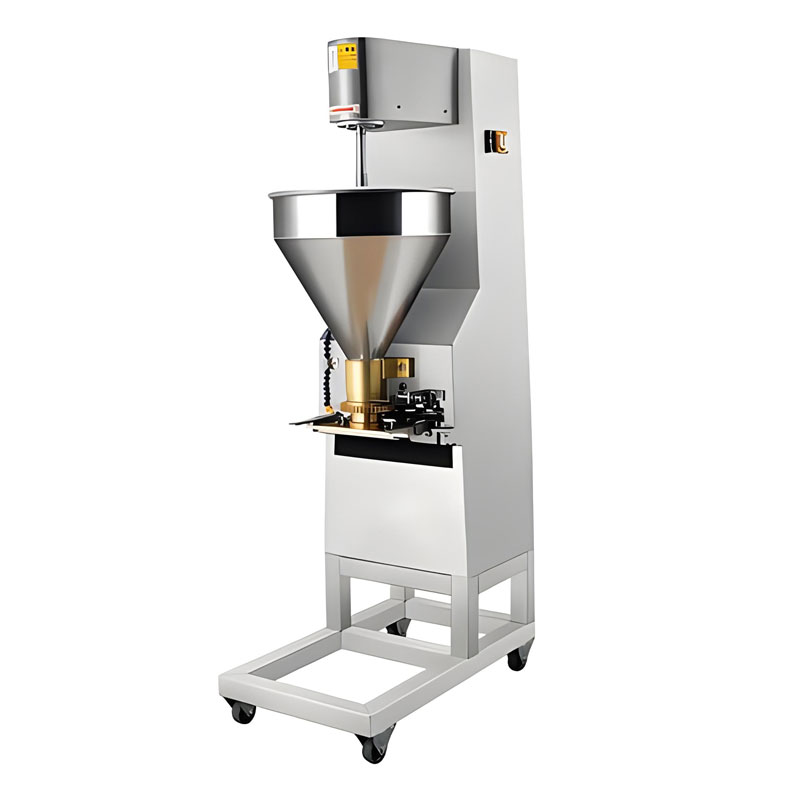
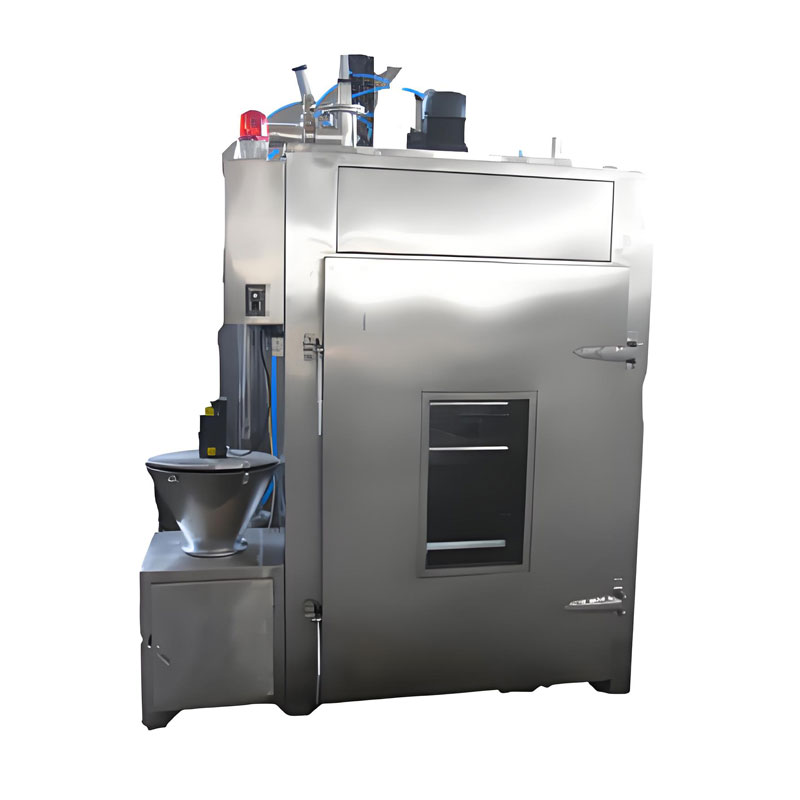
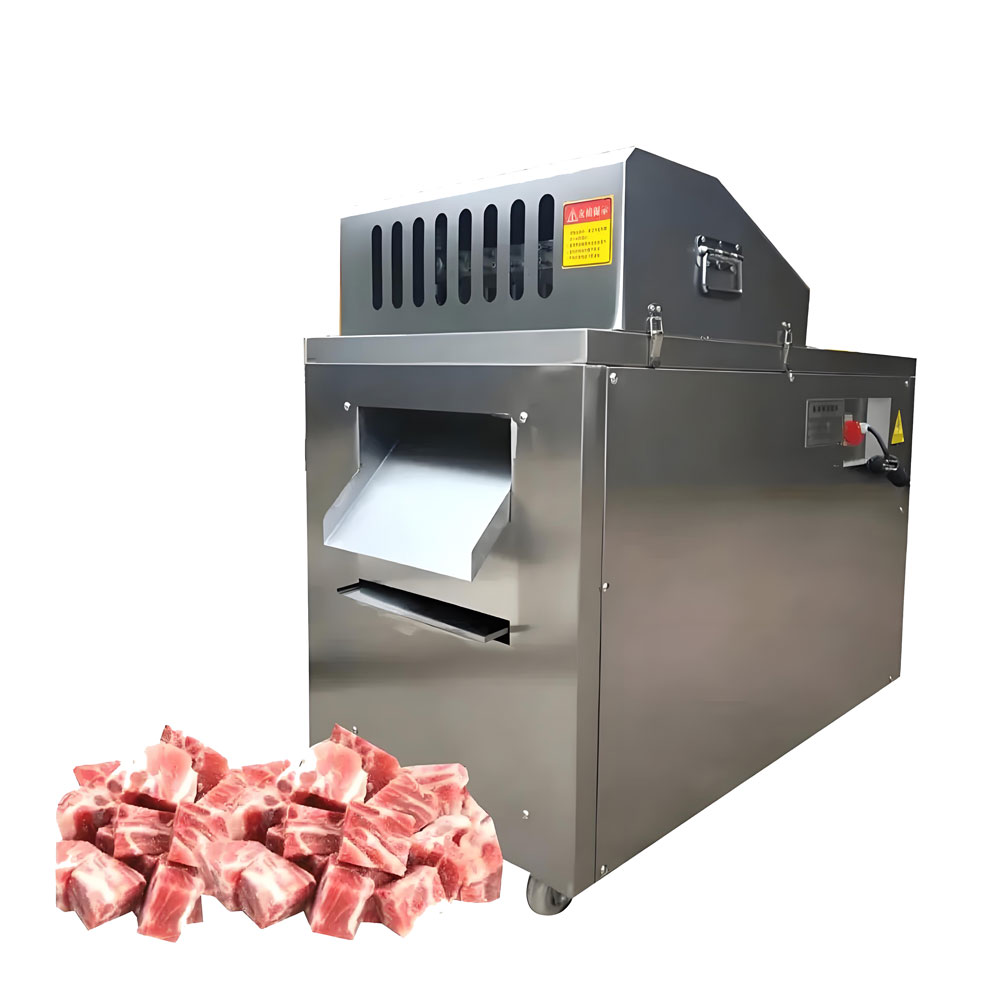
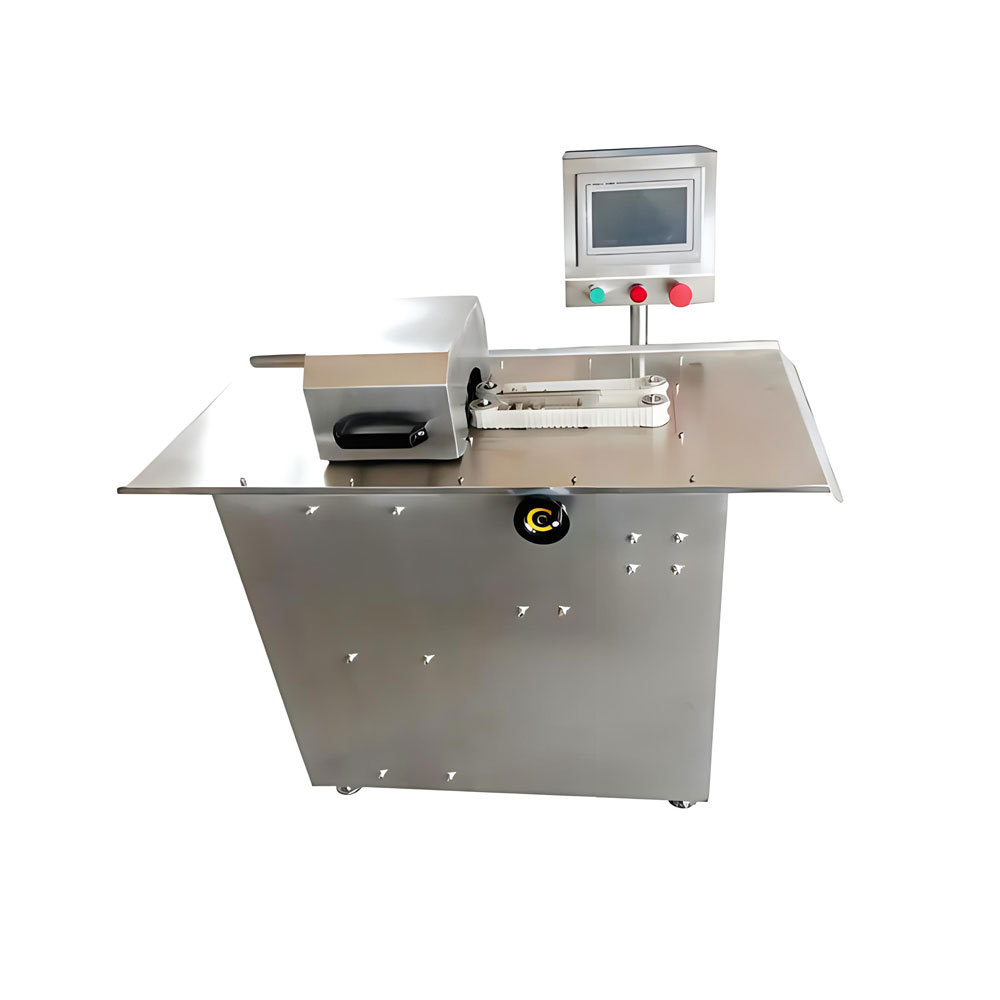
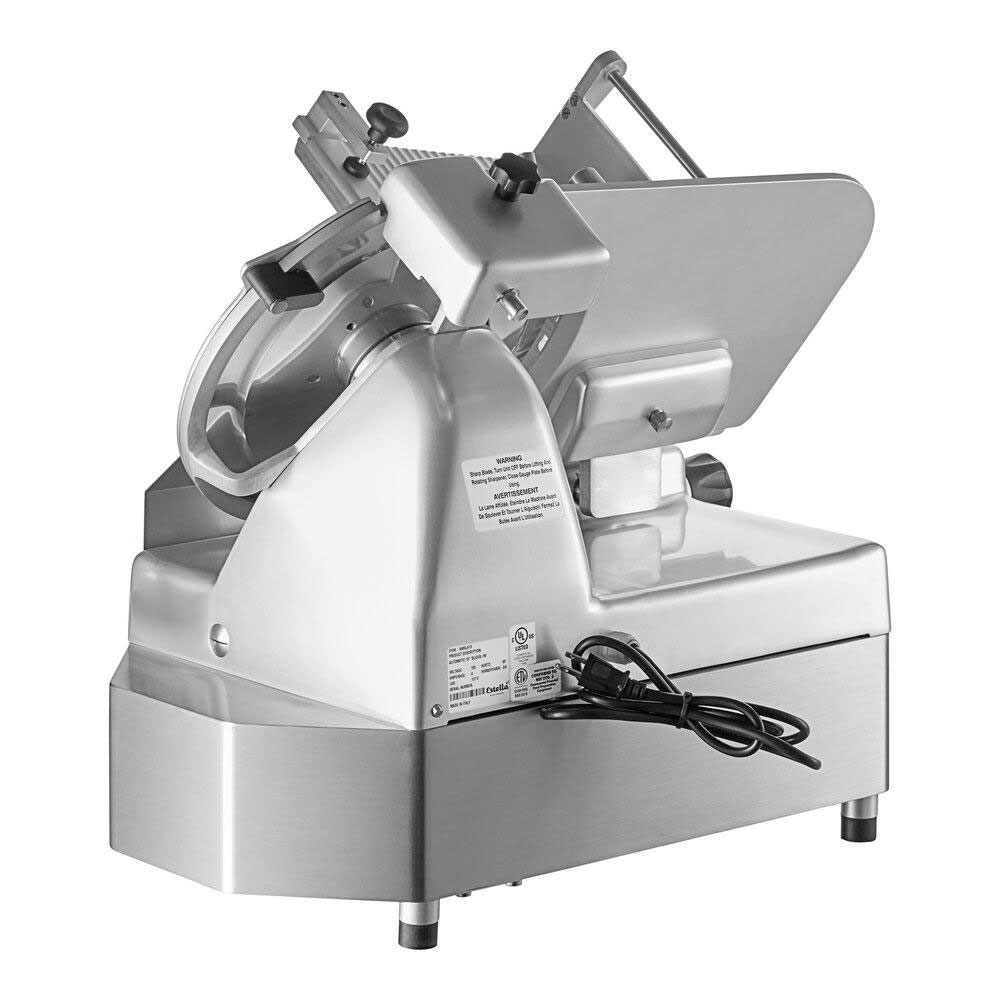
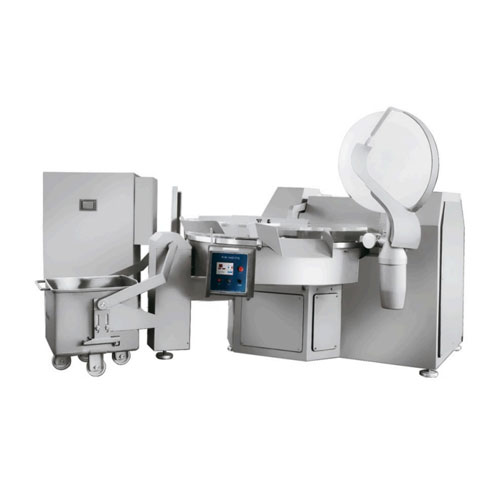
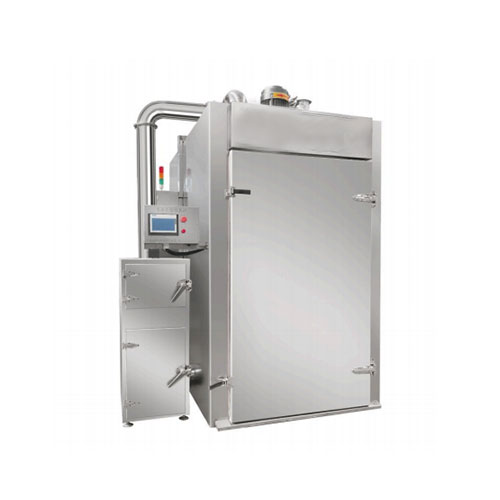
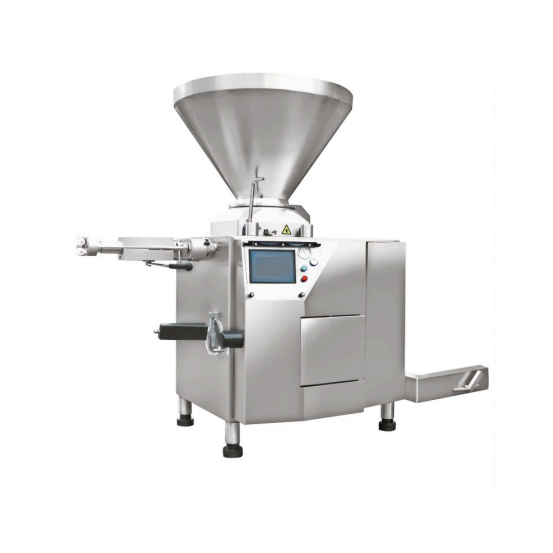
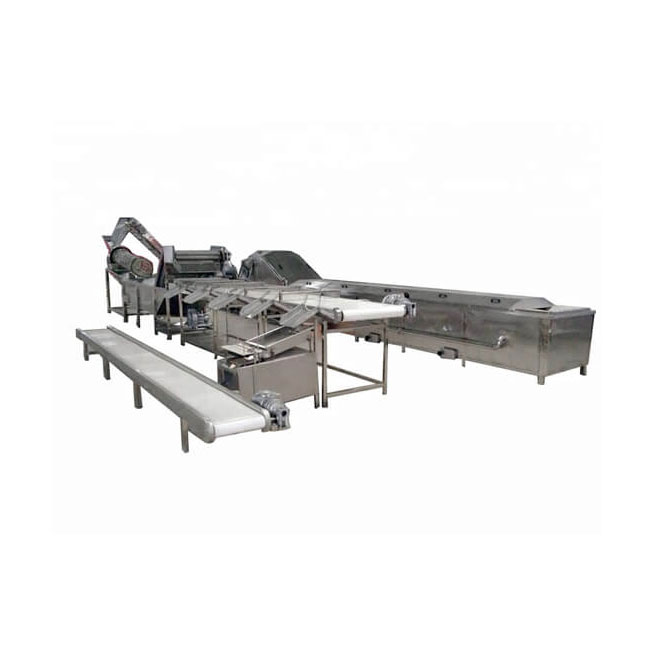
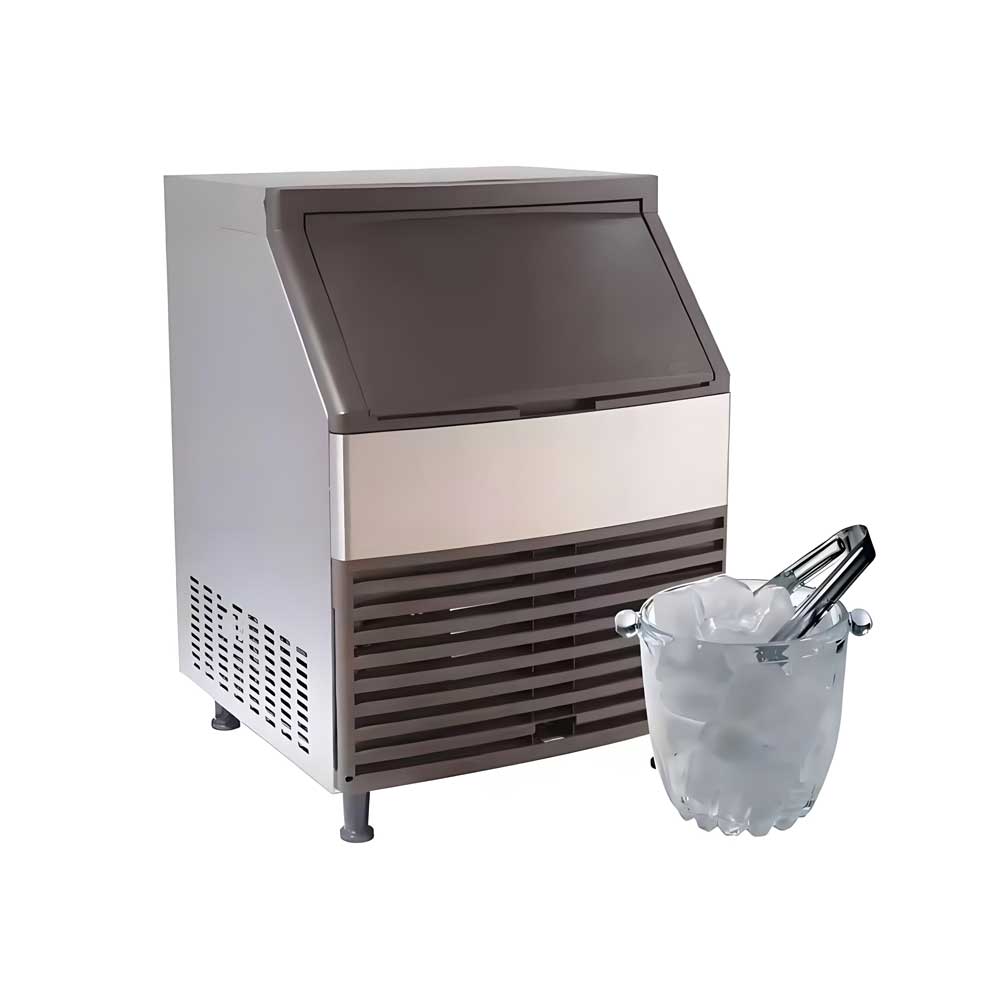
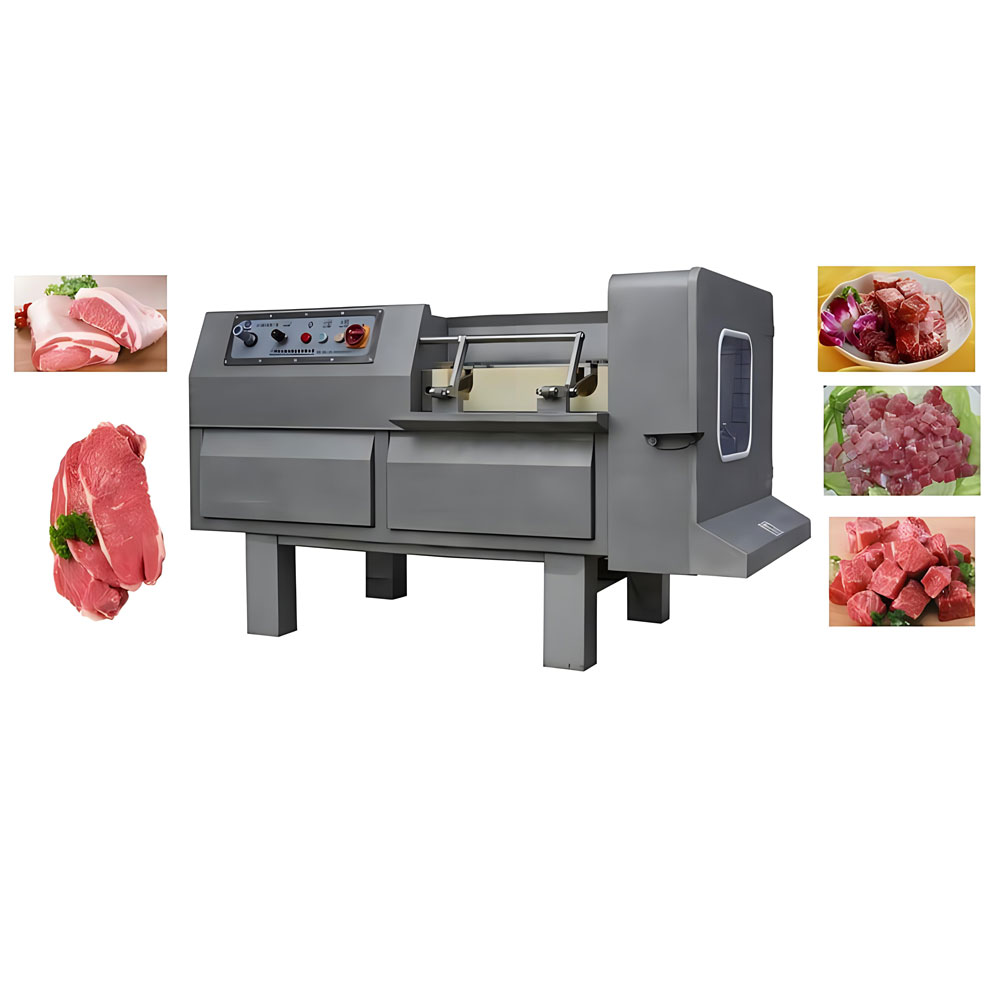 Automatic Fresh Meat Dicing Machine
Automatic Fresh Meat Dicing Machine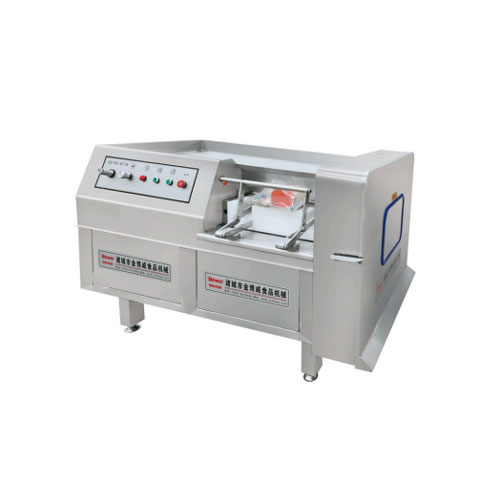 Meat Dicing Machine
Meat Dicing Machine Portable Flake Ice Machine
Portable Flake Ice Machine
Ready to Get Started?